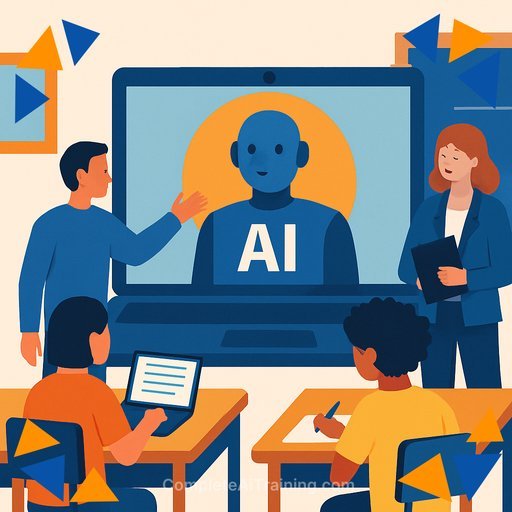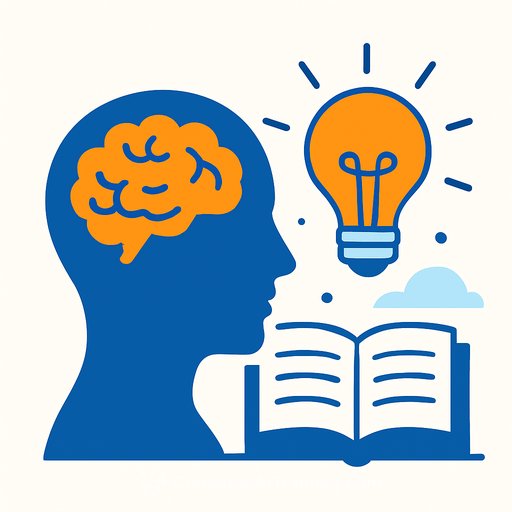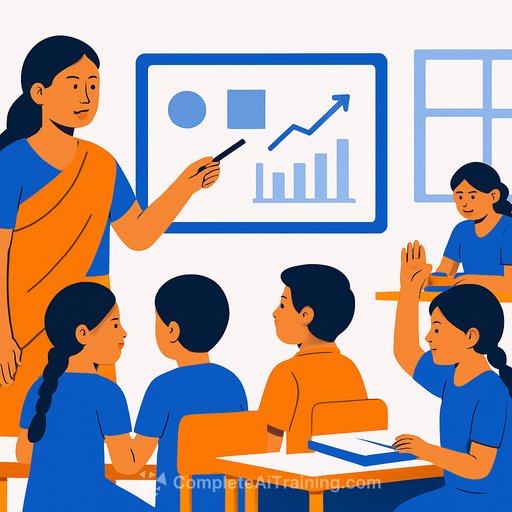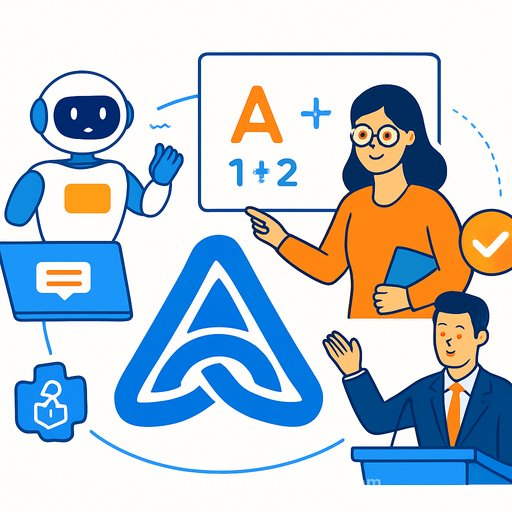Generative AI Is Rewriting How We Learn: A Practical Guide for Educators
Students and teachers are using tools like ChatGPT, Gemini, and Claude at every level. One provider reports that 39% of student interactions involve creating or improving educational content, and 34% seek technical explanations or solutions for assignments. Most institutional responses focus on plagiarism, assessment formats, and jobs. The bigger issue is how these tools are changing what counts as knowledge, how it's produced, and who gets to influence it.
The bigger shift
Generative AI can produce fluent text, combine sources, and approximate reasoning. That raises new questions in "AI epistemology": what is original thought versus assisted thinking, and how do we evaluate sources when the "source" is an opaque model trained on massive datasets? For centuries, education has centered on human-to-human transmission and transparent attribution. AI changes the route students take to reach an answer, which changes the learning itself.
Product without process
Students can now submit high-level outputs without the cognitive journey that used to build skill. Traditional alignment-teaching the skill you assess-breaks if tools do the heavy lifting. We're entering a system of co-creation between students, educators, institutions, and tech firms. When AI deepens comprehension, value is created; when it enables shortcuts that bypass learning, value is destroyed.
The risk of outsourcing thought
If AI systems become the default "source of truth," we shift power over knowledge production to a few companies. Their training data, model design, and incentives influence what students see, believe, and replicate. We've seen attention captured on social platforms; this time the stakes are higher-independent thought. Educators need to define meaningful learning in an AI context, and lead with pedagogy, not convenience.
What educators can do now
- Rewrite learning outcomes: Distinguish unaided skills (core reasoning, argument, method) from AI-augmented skills (research heuristics, critique, prompt design, verification).
- Require process evidence: Ask for planning notes, draft history, citations, comparison of sources, and a brief "how I used AI" statement with model name and settings.
- Assess thinking, not only outputs: Add oral defenses, whiteboard explanations, in-class build sessions, and two-stage assignments (idea → draft → refinement).
- Make verification non-negotiable: Students must cross-check AI outputs with primary texts, datasets, or peer-reviewed sources and note discrepancies.
- Set clear AI-use policies: Define allowed, restricted, and banned uses per task. Require disclosure and attribution for prompts, generated media, and edits.
- Teach AI epistemology: Model limits, hallucinations, bias, and the difference between pattern-matching and reasoning. Emphasize when to switch to human judgment.
- Create "think-first" norms: Brief period for outlining and hypotheses before any AI use. AI can accelerate, but it shouldn't replace the initial mental model.
- Run staff sandboxes: Give faculty time to test prompts, failure modes, and verification routines. Share exemplars and pitfalls department-wide.
- Design for equity: Provide no-cost options and offline-friendly workflows. Don't privilege students with paid AI access.
- Procure with scrutiny: Demand clarity on data use, opt-outs, bias testing, accessibility, audit logs, and exportability. Prefer tools that cite sources or enable retrieval.
- Measure learning, not clicks: Track conceptual gains, transfer, and error reduction. Watch for AI over-reliance signals: identical phrasing, shallow references, or missing process.
A simple AI-aware assignment workflow
- Clarify the goal: What thinking skill must be demonstrated without AI?
- Think first: Students outline their approach and criteria for truth before prompting.
- Use AI with intent: Draft, probe counterarguments, and generate examples-label each use.
- Verify: Check claims against specified sources or data; log changes made after verification.
- Reflect: Short memo: what AI got right/wrong, how the student corrected it, and what they learned.
- Submit artifacts: Outline, drafts, citations, verification notes, final work.
Practical guardrails for students
- Use AI to think with, not to think for you: Brainstorm, compare frames, surface blind spots.
- Interrogate outputs: Ask for evidence, counterexamples, and uncertainty. If none appear, assume risk.
- Cite and check: Prefer primary and peer-reviewed material. Flag any claim you can't verify.
- Preserve your voice: Draft in your words first; use AI for clarity and structure, not identity.
Institutional moves that matter
- Policy coherence: One plain-language policy across departments, with room for course-specific rules.
- Professional learning: Ongoing development on AI pedagogy, assessment redesign, and ethics.
- Responsible adoption: Partner with centers for responsible AI and establish review boards for classroom tools.
- Transparency with stakeholders: Communicate how AI is used, what data is collected, and how learning quality is protected.
This moment isn't about replacing traditional education. It's about clarifying what meaningful learning looks like when AI sits beside every student. Keep the human cognitive journey at the center-and let AI serve it, not short-circuit it.
If you're building staff capability, explore role-specific AI upskilling here: AI courses by job.
For broader context on AI and education policy, see resources from the OECD: AI in Education.
Your membership also unlocks:





